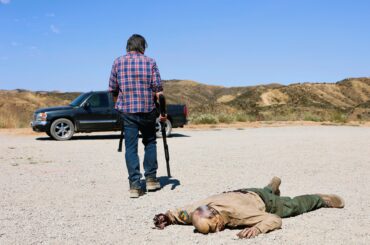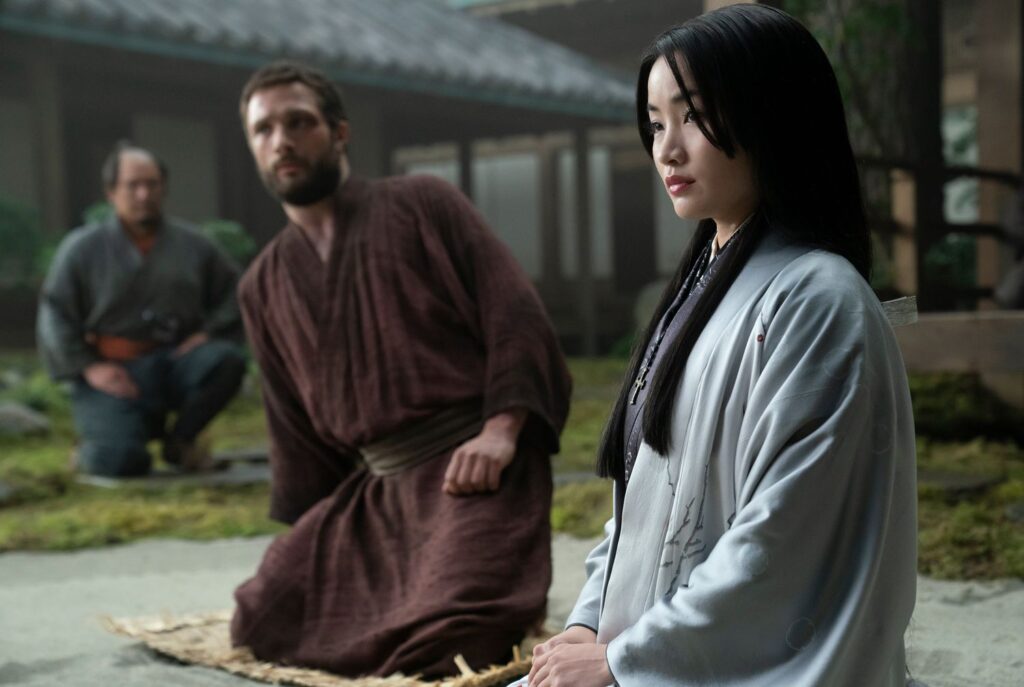
When Shōgun premiered this February, it was met by universal acclaim from audiences and critics. Based on the 1975 historical fiction novel by James Clavell, which was also the basis of an extremely popular 1980 miniseries, the adaptation was intended to be authentic to Japanese history. That authenticity spoke to people.
Christopher Ross was the director of photography for episodes one and two, “Anjin” and “Servants of Two Masters. “With his keen eye and skills, he helped craft the unique look of the series that was both cinematic and realistic. Ross recently spoke with Immersive via Zoom.
[This conversation has been edited for clarity and length.]
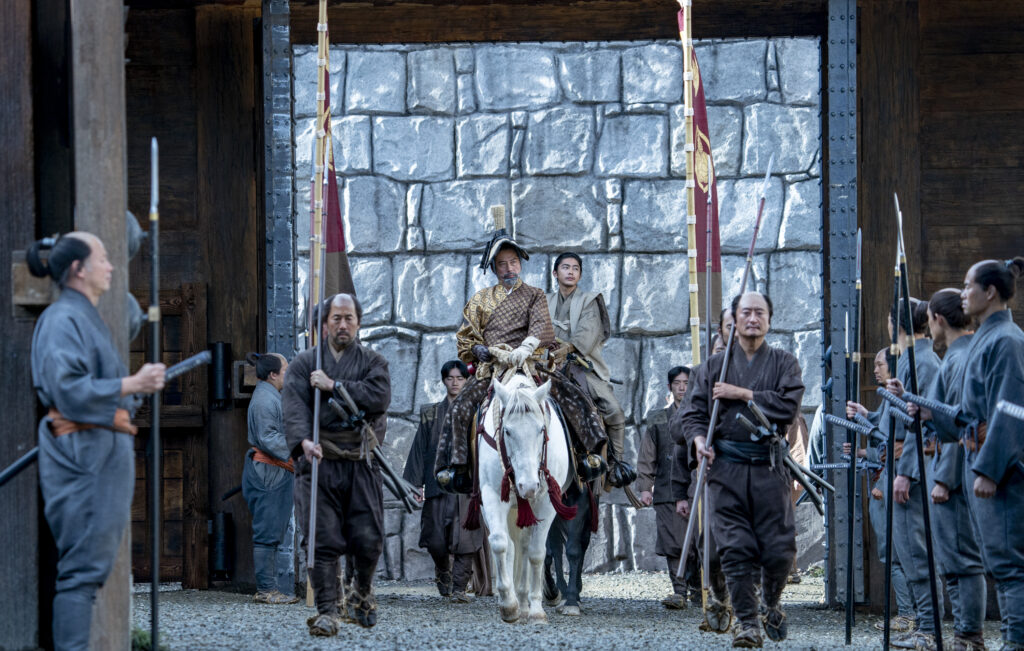
How did the show come about for you?
It’s one of those projects that does come along once in a very rare while. I was lucky. I’m friends with Jonathan van Tulleken, the director of the first two episodes. In the early part of 2021, he was in having some meetings about it and he was like, “I’ve got these scripts. It’s a reboot of Shōgun the show from the ’80s but with a twist.” So, we sat and talked about the cinematography side of things to help him put together a lookbook.
We met years ago and have kept in touch ever since we’ve worked together four or five times. We are friends and run a lot of projects past each other and when we go into battle with other people. Jonathan and I always come back and share war stories. So, that forged a lifetime of friendship.
It’s very cinematic looking. What was your approach to this material?
From a purely narrative cinema perspective, it’s a period political thriller, it’s Medieval Japan. There are certain set ways of behaving, set ways of gesturing, et cetera. When we were breaking down the first scripts, and the idea of what the show should be, it was coming at it from that perspective in terms of genre.
From my perspective, in terms of light coming at it sort of architecturally based on the aspect of the buildings, the way the construction of the buildings, how the buildings and gardens interact with each other, that kind of thing.
When embarking on a new show that has no preceding season and you are doing the first episode, you have no preceding episodes to draw any knowledge from. You are largely setting up character, place, and dance between what’s right graphically and what’s right for atmosphere and to give each character their perspective.
Were there any paintings or drawings from that era that inspired some of the work?
The era that we are recreating was just before the Edo period of Japanese history. In that period, there was a big cultural cleansing, so very few artifacts existed before that. We were in this almost pre-history period. One of the things that have survived is the buildings and some of the architecture.
Helen Jarvis was the Production Designer, and she had done a huge amount of research. She’d been on the project for 15 months before principal photography, so she had this encyclopedic knowledge of Japanese architecture, both from a palace perspective and from a villager perspective. A great idea of the layout of the spaces. And so, it was working with her and the concept artists that she had brought on board to try to bring some of the sets to life to get the show running.
So the production designers’ research and work informed the way you lit and shot it…
We were taking it back to a kind of first principle nature of storytelling, which is what is the pure lived experience of these characters. That fed into the lighting design of the interiors because of the way that the Japanese palace rooms were orchestrated. The primary living space would be on the periphery of the building. Immediately outside that was the terrace with the overhanging roof, and then the garden would lead away from that and so those main living spaces were the ones that had the largest amount of light coming into them. As you move away towards the bedrooms, you would move further away from the gardens and in those bedrooms. You would just get borrowed light from other spaces rather than direct light from the garden.
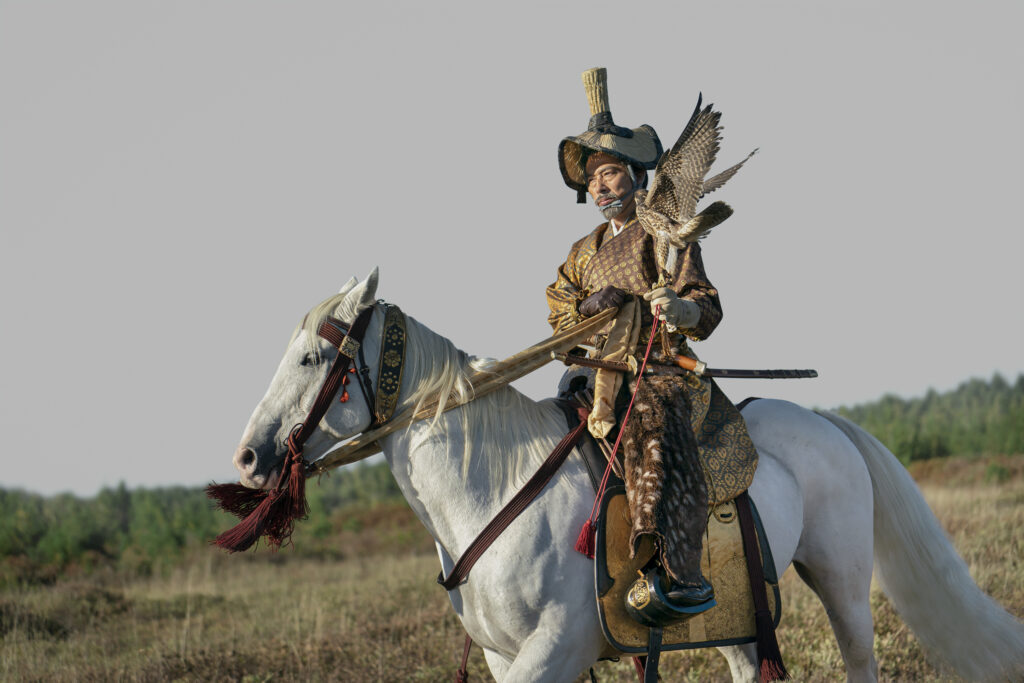
I was just going to ask you about some of the lighting. Some of the lighting feels so natural.
What was interesting about processing all of that is that generally the sun only penetrates the spaces when the sun is low on the horizon, which means that there’s not a lot of direct hard light within the space. And then on a secondary perspective, the Tatami mats, the bamboo and cotton mats that line the floor act as a bounce light from below that bounces light around to make that borrowed light come from particular places.
It was, from my perspective, learning the way that wanted itself to be lit was learning how the spaces themselves would have influenced the lives of the people that inhabited them. And that’s how I tend to approach almost every lighting scenario that I come across, particularly when you’re on a sound stage. I want to make this look exactly like it was built as a real-life lived experience.
And this shoot was a mix of locations and sound stages?
So there were two amazing sound stages at Mammoth Studios in Vancouver. Helen had constructed a palace. For our section, what was known as the West Palace, it was a sort of a U-shaped series of rooms with the gardens spread around the edges and into the interior of the U on one of the stages.
Then on the second stage, we had the ceremonial meeting hall some other offshoot palace bedrooms and anterooms, and another second garden. And so, the idea was that the gardens were sort of multifunctional across the season. You could use the gardens for various palace or high-ranking official spaces, and the same goes for the interiors of the room. So, they were sort of multi-purpose sets. And then, all of the village sets were all built exteriors on location.
I worked with a brilliant gaffer, David Tickell, and a rigging gaffer, Jarred Tiffin. The rigging team to create this kind of a soft sun soft box idea around the stages so each garden had five of the soft boxes that either were full of studio force, six-foot studio force lights that could either be the open face and therefore just sort of blazing sun heading in one direction or could have a variety of diffusion materials. These softboxes could be lowered to push further into the spaces or swung around to create an angle.
Most of the night work is lit with these tiny little LED lanterns. They were manufactured by the art department and then the exteriors by the SFX team and real-life fire. So embrace natural, smoky, flame-infused interiors and exteriors as much as possible.

How much more complicated were matters when shooting the massive sequence on the ship?
I mean that scene was great because ultimately it’s incredibly simple storytelling. It’s a group of humans on a boat in the middle of the ocean in extreme jeopardy. Blackthorn instructed The Pilot to push the boat into the swell to stop, to survive the storm basically and then there’s this two minutes of utter chaos. What was beautiful about it, you’re just swept up in a very first-person idea of what it’s like to be in a storm at this point in this character’s journey.
However, the effort that went into creating the atmospherics and the visuals for that sequence involved every team in the production. The boat’s built on a gimbal so he can roll and rotate up to 30 degrees. Just to give you some idea, more than 10 degrees, and you’ll just be thrown clean off the boat. So, we’ve got stunt performers being thrown off the boat on wires.
Everybody’s on wires chasing after Cosmo Jarvis. It’s several shots stitched into a multi-edit sequence, but it’s still several shots that are stitched into single shots. We had an amazing Costume Designer, SFX Teams, and VFX Team that made this come together. What looks to an audience member just as an incredibly visceral first-person sequence is just beautifully crafted by a wonderful group of filmmakers.
What was it like working with actor and producer, the legendary Hiroyuki Sanada? What was special about that experience?
He is the linchpin of the show and the knowledge that he brought all of us for the genre was incredible. It’s like making a Shakespearean drama and having Ian McKellen there to tell you this is how you would do it if you were embracing this style of Shakespearean drama or this style of Shakespearean drama.
He was able to guide all of us into finding our way through a cross-cultural experience. This is truly a multinational operation. I think that one of the reasons why it’s been so embraced globally is that it was one of the most culturally respectful projects I’ve ever worked upon.
Shōgun is now streaming on Hulu.


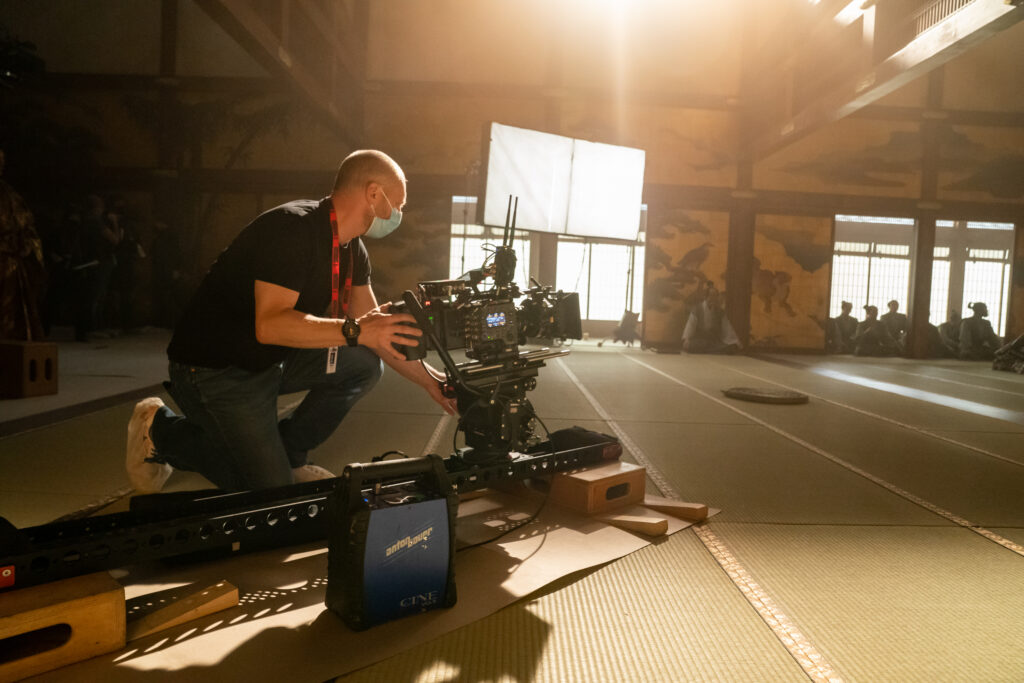
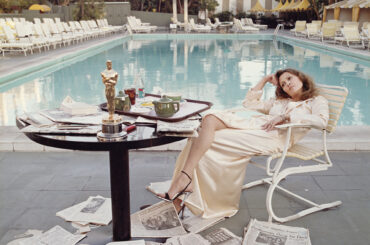

![‘Shōgun’ Cinematographer Sam McCurdy Breaks Down Episodes 9 & 10 [Part 1]](../wp-content/uploads/2024/07/hiro-370x245.jpeg)
